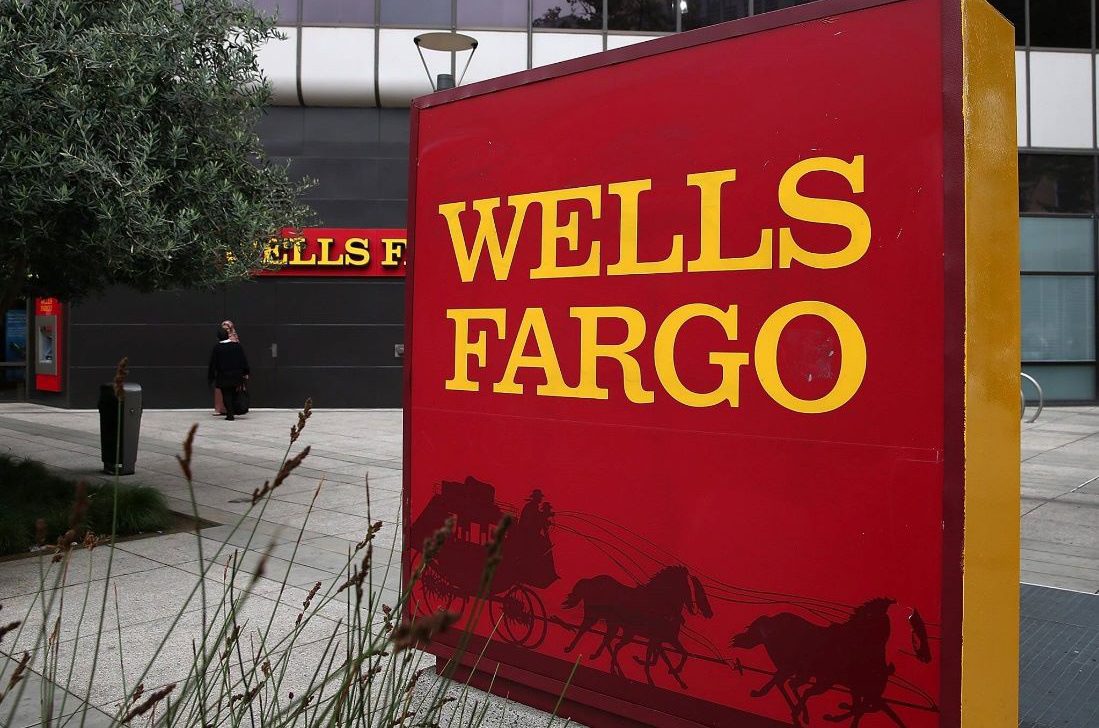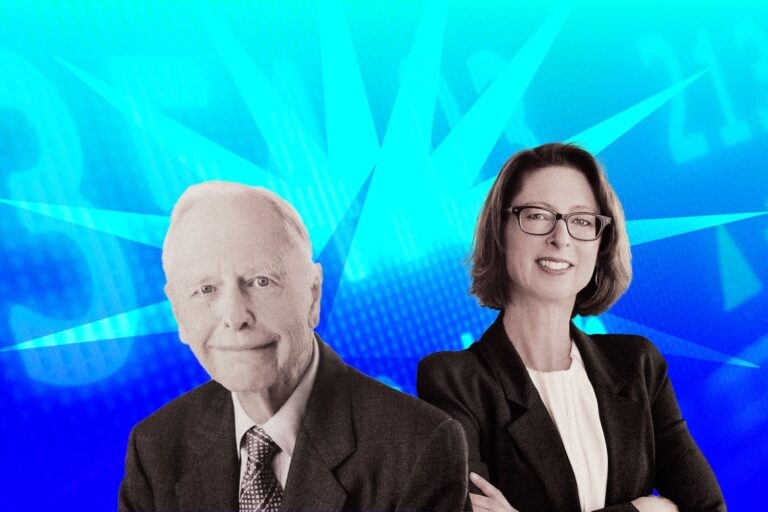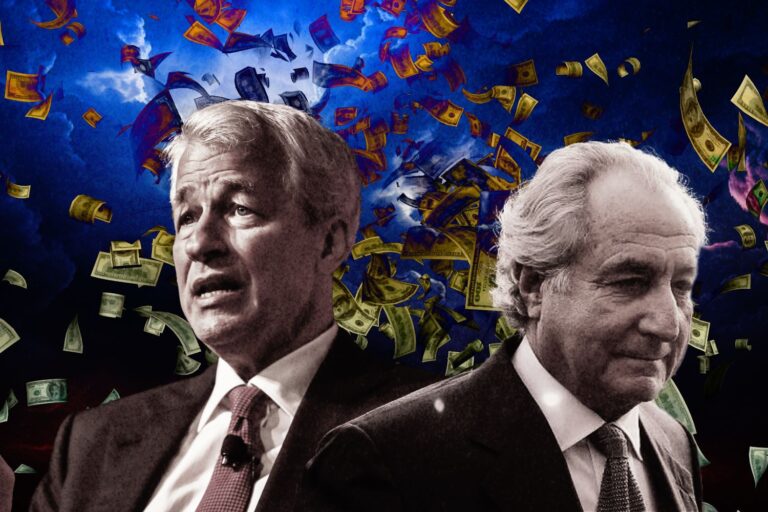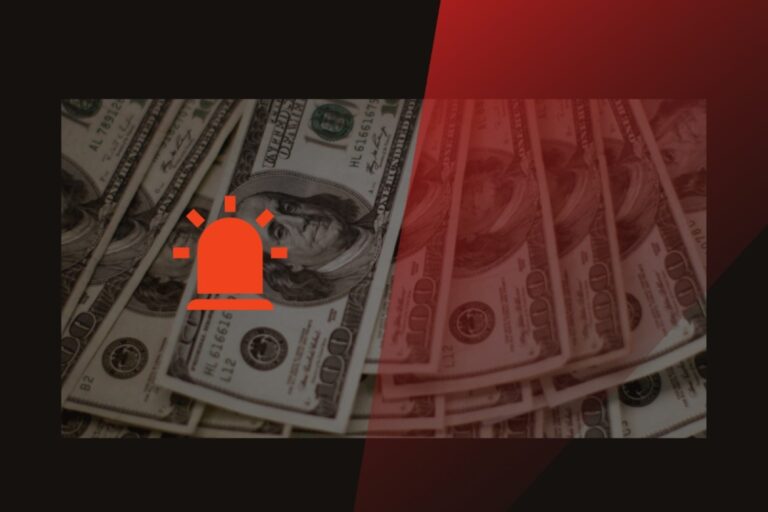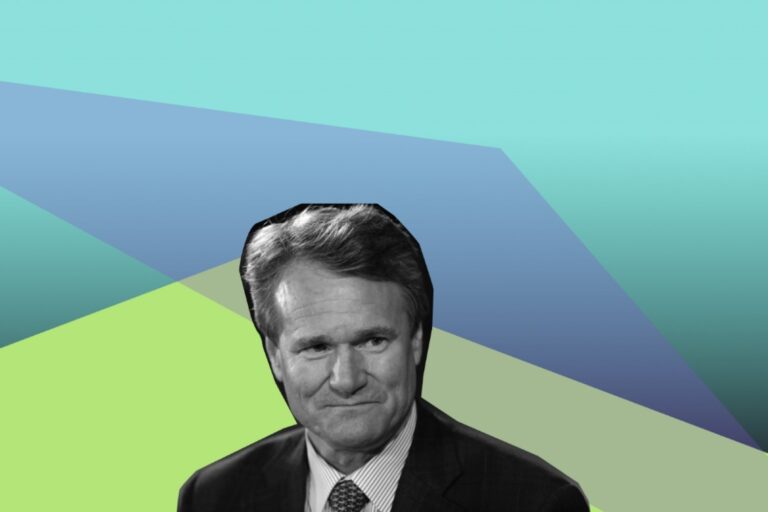How Greed Led the Giant Wells Fargo to the Fraud Scandals
Wells Fargo is one of the biggest and most recognizable banks in the U.S. This bank lies in the top four largest banks for the American after JPMorgan Chase, Bank of America and Citigroup. According to the company, it currently owns more than $1.97 trillion in assets. The number of customers across the country that it is serving reaches more than 70 million and it has more than 266,000 employees. As of August 21, 2020, the bank’s market capitalization is $97.4 billion and its reported 2019 net income was $19.55 billion earnings.
As seen, the bank is a giant player in the banking industry. Yet it has made a huge mistake that caused so many fines, and troubles to its reputation. But before jumping to that part, let us discover how Wells Fargo was established.
How Wells Fargo Was Born
There were three men whose names are Henry Wells, William Fargo, and John Butterfield. All three of them were the owners of separately competing Express companies on the East Coast. In the year 1850, they noticed that it could be smart move to come together and collaborate to dominate their industry on the East Coast. Their combination of three companies led to the birth of American Express today.
Two years later, Wells and Fargo took notice of the California Gold Rush. The people were traveling out there, and the area was expanding. They believed that San Francisco could be a potential new market for their Express business. However, Butterfield and some other executives assumed that this was too risky and thus, they refused to join in. And in a bold move, Wells and Fargo came together and created a second very similar business on the west coast called Wells Fargo.
It was how Wells Fargo got their name. And after close to a century and a half of steady growth, this bank was acquired by another bank called Norwest Corp, which was actively growing so much. Yet Norwest chose to adopt the name Wells Fargo for the combined company.
Norwest’s culture indeed influenced how Wells Fargo worked and even some of its executives became Wells Fargo’s board of directors. For example, the former head of the Norwest company, Richard Kovacevich became the head of the new Wells Fargo company. The next CEO of the company, John Stumpf, who was most associated with the recent scandal also came from Norwest.
10 years later, Wells Fargo acquired another giant on East Coast, Wachovia. If we add them all together, then Wells Fargo can now offer service to over 70 million customers from coast to coast. Today, this bank’s operations include three main different categories.
Wells Fargo’s Major Banking Divisions
Wealth and Investment Management
Wealth and Investment Management involves all the financial services for rich people. This section not only provides the dispense advice but also helps in other ways like setting up foundations or addressing the inheritance issues before they arise. Every wealthy person indeed understands – at least in the U.S. – that maintaining one’s affluence can be almost as important as it was to get rich in the first place.
As a result, to seek their financial management, Wells Fargo has been one of the banks for their solutions. All told, this section helped the bank to earn $2.7 billion in net income in 2019, and most services in this section came from wealth management, brokerage, and retirement. It might sound like a substantial amount, but indeed it has been considered as the least profitable in three areas of operations.
Wholesale banking
Wholesale banking includes services like equipment financing. For example, when you want to purchase a dragline for your surface mining project, and you lack $35 million or so on to pay for it with cash. That is when Wells Fargo comes into the scene to help you with that money.
In addition, there are other services like crop insurance, commercial real estate, energy syndicated loans, and more. Several of fortune 500 companies have at least some wholesale banking deals with Wells Fargo to reduce the risk in transferring.
When a multinational business with tens of millions of dollars in cash needs somewhere to store that cash, Wells Fargo’s wholesale banking is where to help them with that storing. But to be a wholesale customer of Wells Fargo, you might be required to have annual revenue of at least $5 million.
Generally, these wholesale operations have more reach than its community banking. In detail, numerous Wells Fargo’s wholesale offices operate in 42 states with more than 30,000 employees. They also expand its service across the globe, from Santiago to Seoul, Calgary to Cairo, and Sydney to St. Helier. In total, this wholesale banking earned Wells Fargo $10,7 billion in 2019, which was much more than wealth, brokerage, and retirement operations.
Community banking
The final section is the community banking sector. Community banking net income was $7.4 billion in 2019 while the total annual revenue was $85 billion. The margin might properly seem high, but it is indeed not. Some might wonder how they could become such a big profit center to a bank, with their modest checking account balance or their restrained use of debit cards. In fact, they should know that Wells Fargo’s community banking is more than just lending money for ordinary people to deposit their paychecks or to purchase the occasional mortgage.
According to the company, this community banking segment has a lot of services including checking and savings accounts, credit and debit cards, and automobile, student, mortgage, home equity, and small business lending.
How Wells Fargo’s Scandals Began
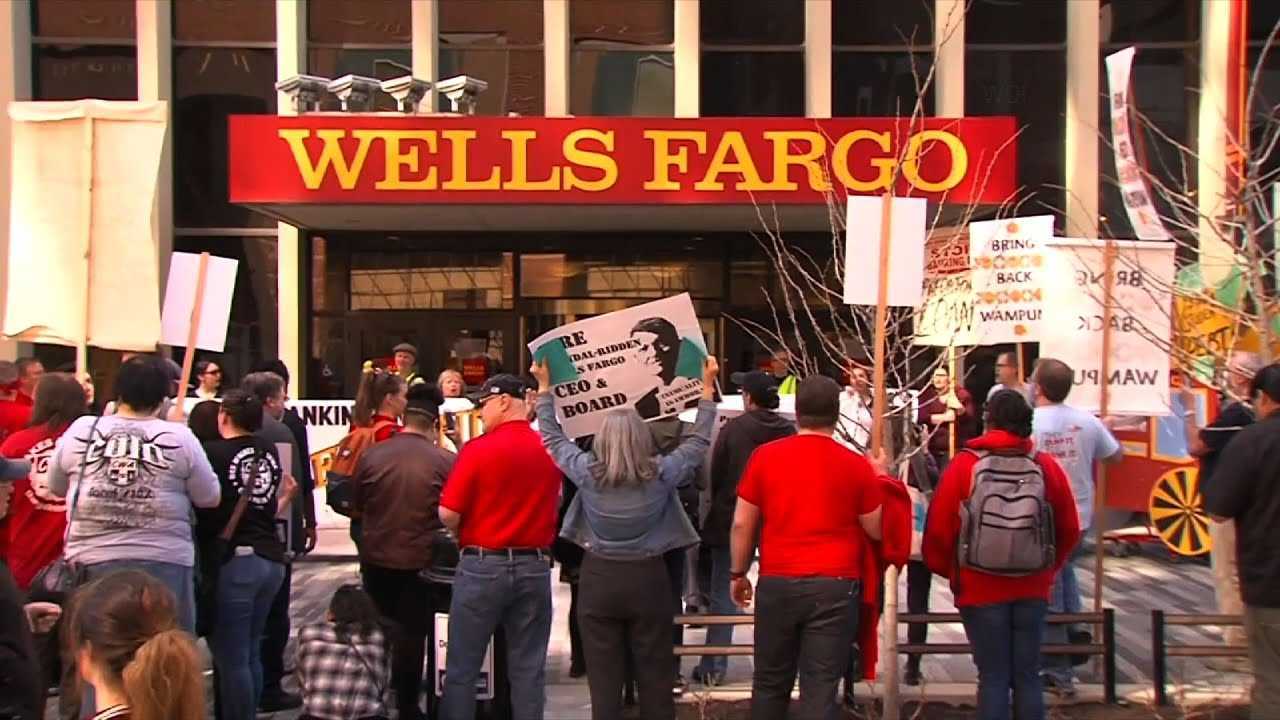
The scandal about Wells Fargo stemmed from the impropriate working culture of the company. In 1993, when Richard Kovacevich was the head of the bank, his strategy was to emphasize customer relationships which was quite different from the direction of the industry. While the other banks focused on enhancing the speed and convenience, Wells Fargo preferred to build relationships with their customers by dealing with them on a personal level.
In other words, Wells Fargo’s strategy across the decades was the cross-selling. This means that if they can build a good relationship with the customer, they would be more likely to open more accounts with them. For example, if you are satisfied with the quality service of your checking account, you will be more likely to rely on Wells Fargo to open other accounts like saving account or retirement account. In short, Wells Fargo’s strategy was to focus on building relationships with the existing customer so that they can expand the products to these people instead of attracting new customers.
This culture has existed in Wells Fargo since Norwest’s acquisition. It might sound like a positive or effective strategy, but it indeed was the reason for the recent scandals.
Things started to go wrong when the company became so obsessed with this strategy. Hence, selling multiple products to each customer has been the sign of their growth. It got to a point where they are putting unacceptable pressure on their employees. They would provide performance-based incentives that help reach higher sales goals.
In detail, Wells Fargo would have the hourly conferences with branches concerning how their daily quotas were looking. If their employees were not meeting, they would be forced to stay late or work at weekends. And if they still were not performing, they would be fired.
Accordingly, it can be said that Wells Fargo’s employees were motivated by fear, money, or just because they wanted to go home on time. The bank was a corporate culture that seems to value new customer accounts more than ethics. And this has started around 2002 and lasted until 2016, which was so long and intense that those employees started to cheat in order to achieve unrealistic sales goals.
What the employees did to cheat was to use the bank’s database to find the existing customers who had been pre-approved for a credit card. Then they would simply open another credit card for these customers by forging their signature and carefully filling out their contact information. Moreover, these employees even faked emails on the paperwork or PINs so that the customers would not find out what happened. In case the customers did find out, then they would cover it up by saying that it was a simple computer error.
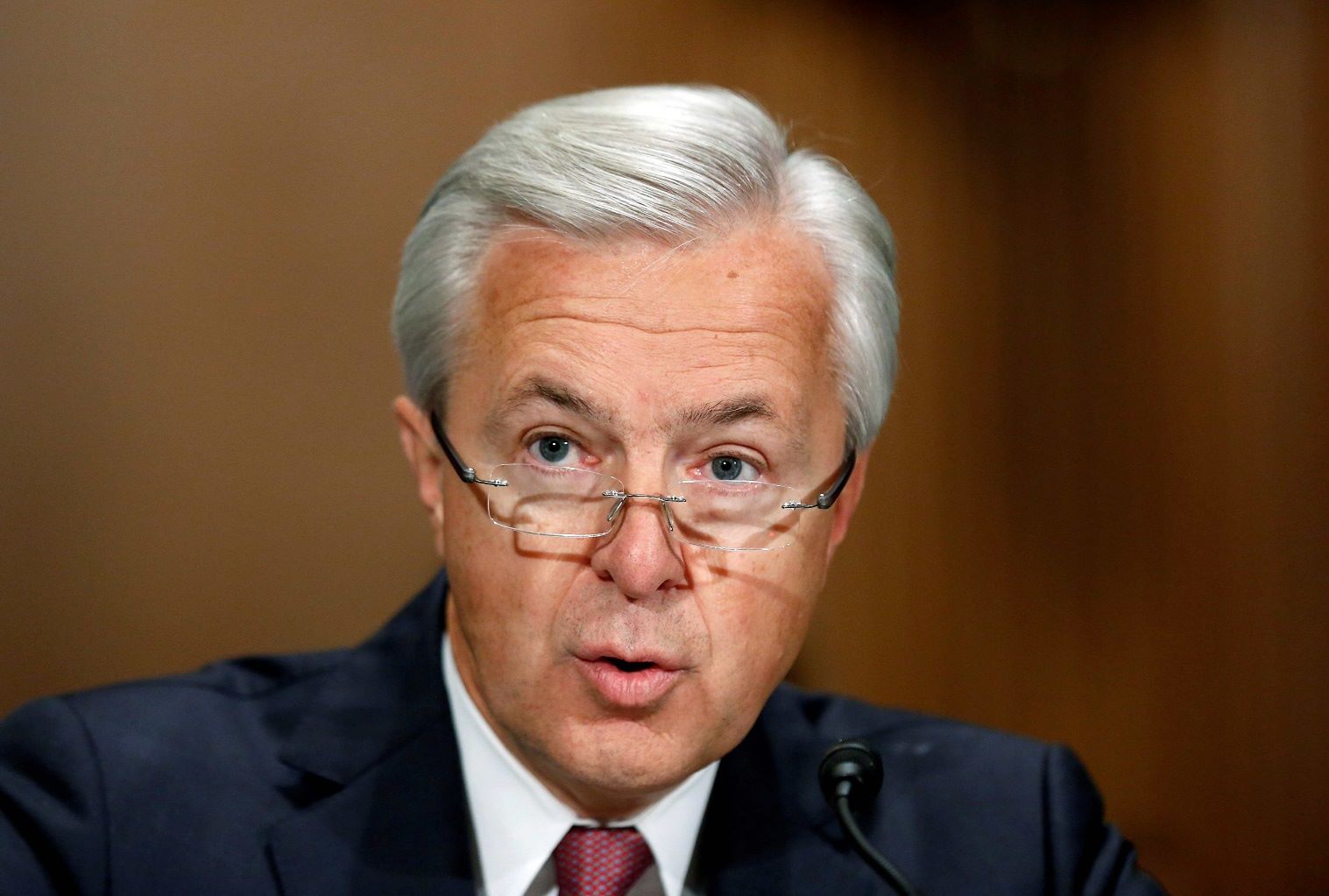
As said, John Stumpf was a part of Norwest before Wells Fargo was involved. And when he took over, he continued with the strategy which is putting pressure on the employees even more intensely. In Wells Fargo’s 2010 annual report, he included a personally signed letter claiming that he was a head of community banking for Norwest Bank in Texas before Norwest acquired Wells Fargo. He continued with: “Our company set an ambitious goal to have our average banking household have eight products with us”. The letter also includes the figures for how they have been effective in increasing their products per customer at the time of the acquisition, they were at 3.2 but by 2010, that was up to 6.1.
When asked why the cross-selling goal should be eight, he believed that is because eight is rhymed with great, and “perhaps, our new cheer should be: ‘let’s go again for 10’”, he said.
The senator Elizabeth Warren was very aggressive in holding Wells Fargo and especially John Stumpf, who was most responsible for the fraud. Warren suggested that the bank was so concerned with their own sales goals that they forgot their purpose which was to provide the customers with the products that they needed.
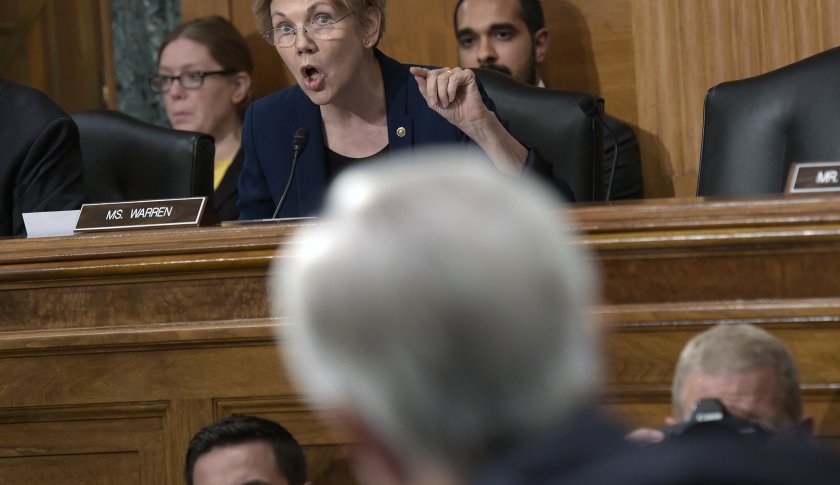
In 2017 Wells Fargo admitted to opening a possible 3.5 million fake accounts. There were the consequences immediately after the break of the scandal. Wells Fargo promised the refund the customers who had to pay improper fees due to this business fraud. 5,300 employees were fired and the CEO, John Stumpf, had to appear before Congress and Elizabeth Warren. There was no jail time for him, but he did get a lot of punishment. About a month after everything came into light, he was removed from the CEO position. 41 million dollars in compensation was taken away and then he was also fined $17 million in January of 2020. Besides, he agreed to a lifetime ban from the banking industry.
There were so many fines, fees, and settlements resulting from the scandal that it is harsh to list all of them. But here are a few of the bigger ones that stand out. In September 2016, this was the time when the world first knew about the scandal, the bank was fined $185 million from multiple sources. In May 2018, the company had to settle an amount of $142 million resulting from a class-action lawsuit from the fraudulent account holders. In December 2018, every state fined them $575 million. In the same month, the bank continued its settlement with investors for $480 million. The investors believed that the fake accounts made the bank’s financial reports look potentially profitable by increasing products per customer and they based on that to invest in the bank. And finally, the biggest fine was a $3 billion settlement with the Justice Department, SEC in February of 2020.
These might sound like the massive amounts of money, yet it is not much for the giant bank like Wells Fargo. Their total assets are $9 trillion, and their net income is around $20 billion per year. Thus, it can be said that these payments indeed equate to just a few months of their earnings.
However, those were just the financial consequences. The biggest one was the loss of trust from the customers. When it comes to banking, you might have lots of choices. But one of the biggest concerns when choosing one is how much you can trust them. And when Wells Fargo’s scandal came to light, it is undoubted that those existing customers, millions of them, might find another safer solution for their financial issues.
What Can the Other Banks Learn from Wells Fargo’s Scandal?
Do not sacrifice Quality at the expense of Quantity
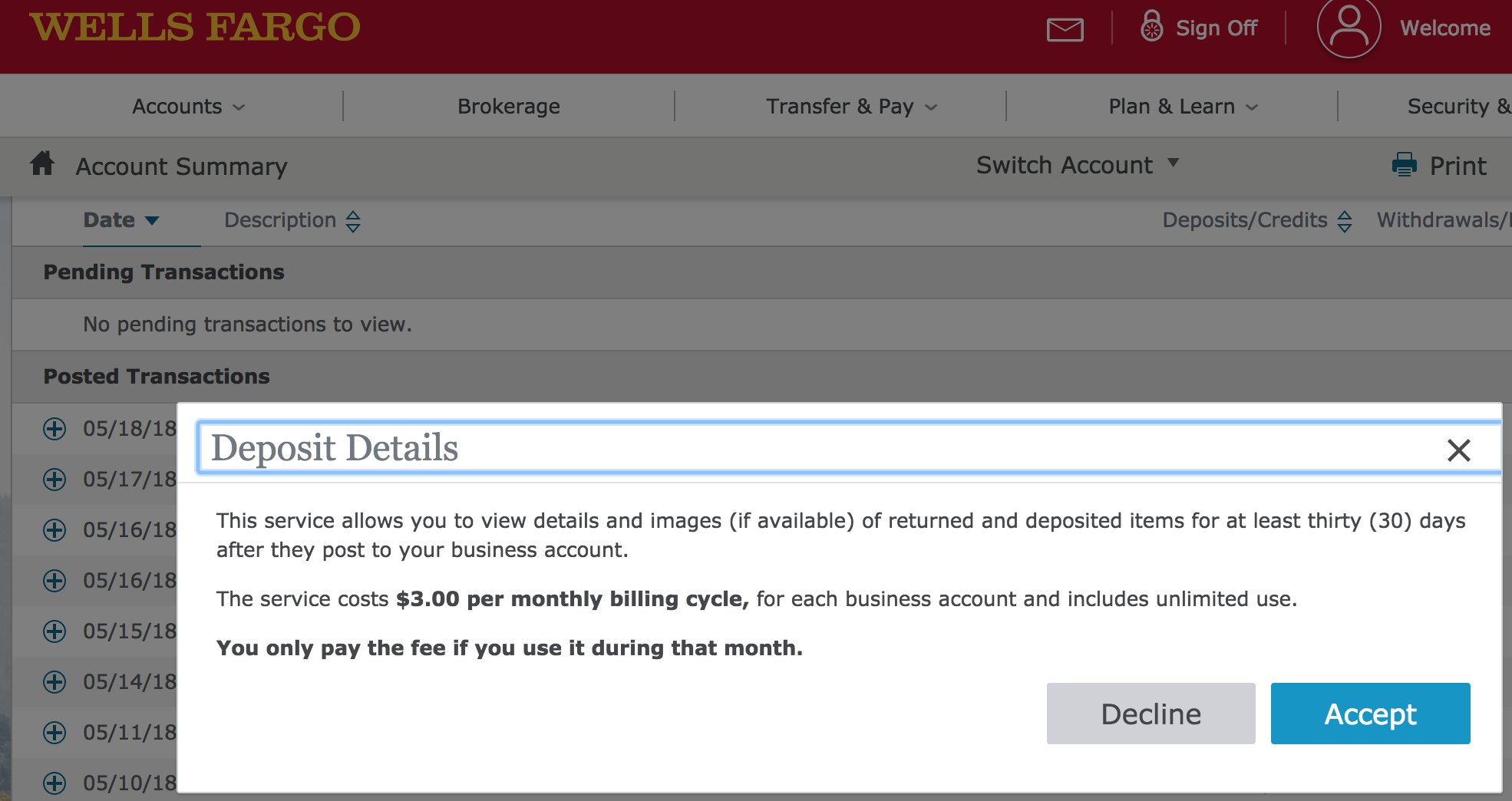
As said, Wells Fargo’s failure was due to the intense strategy. They were so driven by a hunger for more. To them, success means more customers, more accounts, more sources of revenue from fees, more impressive figures on the balance sheet to attract the shareholders.
Yet as we can see, this obsessing with numbers was not a way to grow a business, and Wells Fargo had to regret for that. Hence, any businesses which provide services or products to the customers should know that the main reason that customers choose to trust and stay with is because of the quality. Constantly trying to improve the quality of customer experience should be considered as the strategy to win instead of solely focusing on the quantity as Wells Fargo did.
Do not assume customers will tolerate anything
Wells Fargo is one of the oldest and most successful banks in the industry. Once a business is on the top, it might easily assume that the misbehavior like aggressive sales tactics or scandals will be tolerated by the customers. it is true that switching banks is not easy since the customers might have numerous accounts and assets under the control of one institution. This somehow led Wells Fargo to the belief that the risk of angering or losing customers was too low to care about.
That was a dangerous assumption that resulted in the bank’s wrong direction. Instead, they should have assumed that their customers are always surrounded by other different banks and one mistake can make them switch to a competitor. And the customers have immediately showed their dissatisfaction with the bank. Once the scandal was discovered in 2016, the numbers of Wells Fargo’s customers decreased dramatically. In detail, there was a 10% fall in branch visits, a 25% fall in checking accounts, a 20% fall in credit card application compared to the previous year.
In the end, Wells Fargo could survive this crisis thanks to their huge assets and net income per year. However, this scandal will leave a long and uphill road ahead for this bank. The damage to their brand and loss of trust from their customers will take years to recover. Their desire with cross-selling strategy and putting those pressure on the employees made them pay the expensive price.
Wells Fargo’s scandals leave lots of valuable lessons for the banks in general. The ambition and greed can take us high, but they can also drive us down to the bottom, thus be careful in choosing the proper strategy for your business to grow and thrive longer in the game without committing any unethical practices as Wells Fargo has done.

